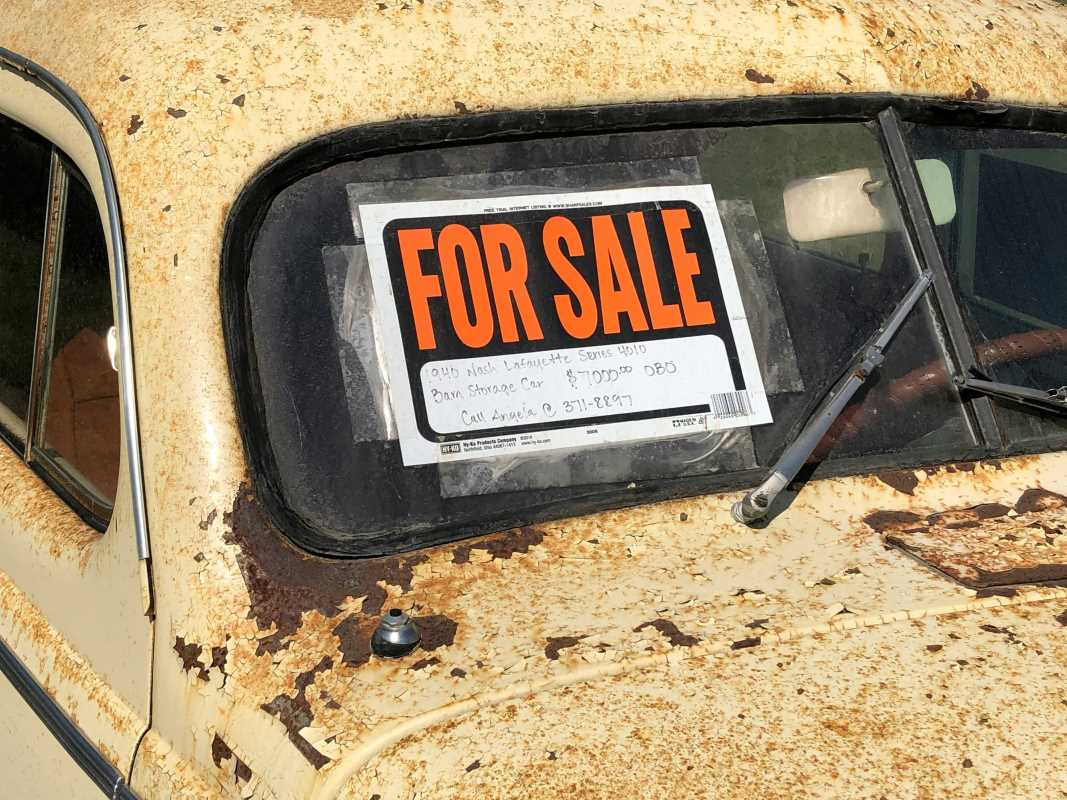Selling a car can feel like walking a tightrope. Set your price too high, and you scare off potential buyers. Go too low, and you might as well hand them the keys for free. Finding that sweet spot requires a mix of research, strategy, and a little gut instinct.
Whether you’re parting ways with your trusty sedan or that truck that’s been more like a best friend, setting the right price is crucial. Here’s how to do it.
Understanding Your Local Market Dance
Every car market is uniquely local. What sells like hotcakes in one area might gather dust in another. People buy cars based on what they need, and that varies depending on where they live. For instance, a compact car may be king in cities with limited parking, while rural regions could be truck territory.
To figure out where you stand, take a virtual stroll through online car listings in your area. Platforms like Craigslist, Facebook Marketplace, or specialized car sale sites are goldmines of information. Pay attention to similar models being sold and keep an eye on price ranges. Just make sure you’re comparing apples to apples. A fully loaded SUV with heated seats shouldn’t be compared to a stripped-down base model.
Here’s the bottom line: your local market rules the game. Study what’s happening around you, because that’s what determines what people are willing to pay.
Evaluating Your Car Like a Pro
Once you’ve scoped out the local trends, it’s time to get real about your car. Sure, you might think your car’s been better than a best bud, but buyers may not be as sentimental. Instead of focusing on memories of road trips and that time your car saved you during a rainstorm, zero in on its actual condition.
Consider things like mileage, age, and wear and tear. If there’s a tear in the upholstery or the bumper has a love tap from a runaway shopping cart, it will lower the price. Being up-front about these details not only helps prevent disappointments later but also earns trust.
Use tools like Kelley Blue Book or Edmunds to get an estimate of your car’s value based on its condition and location. They’ll give you results ranging from trade-in value (hinting at what a dealer would pay) to private sale value (what you can usually fetch selling directly to someone).
Pro tip? Be ruthless when evaluating. Even that faint smell of coffee spillage matters to buyers.
Highlighting the Extras Buyers Love
Your car might have a secret weapon or two up its sleeve that can boost its asking price. Features like leather seats, advanced safety tech, low mileage, or even a fresh set of tires will catch the attention of buyers.
Make sure to mention improvements you’ve made as well. Regular maintenance records, new brakes, or a recent tune-up can all bolster trust and justify a slightly higher asking price.
Here's a quick list of things buyers tend to swoon over:
- Detailed maintenance history (oil changes, repairs, etc.)
- High-demand add-ons like a navigation system or backup camera
- A clean, recent inspection sticker
- Newish tires or a fresh oil change
- Cosmetic upgrades like a new paint job or detailed cleaning
Think of your car like a resume. Serve up its strong points on a silver platter and watch the offers roll in.
Pricing Below, Above, or Right on the Money
Here’s where the psychology of pricing comes into play. Setting the asking price can be as much about perception as actual value. Pricing your car $100 - $500 above what you want gives you room to negotiate and leaves the buyer feeling like they “won” if they talk you down. On the flip side, going too high might intimidate buyers from even making an offer.
Factor in how fast you want to sell, too. If you’re in no rush, you can afford to hold out for a higher price. But if you’ve got another car on the way or need cash fast, being competitive with your pricing will lead to a faster sale.
And don’t forget about seasonal trends. Convertibles tend to sell better when the sun is out, while AWD vehicles are hotter tickets as winter approaches. Timing your sale right can make a noticeable difference.
Playing the Negotiation Game Smart
Once your ad is out and buyers start sniffing around, congratulations, you’ve entered the negotiation ring. This is where a solid asking price works in your favor. If you’ve set it thoughtfully, you’ll be ready to defend it when the haggling starts.
Be flexible but firm. If a buyer offers you less than you think it’s worth, ask them why. They might raise valid points you hadn’t considered, or they might just be fishing for a bargain. Have a bottom line in mind and stick to it. Know when to walk away from an offer; desperation is not your friend in this game.
One trick to pacifying picky buyers is offering incentives. Throwing in extras like floor mats or a fresh detailing can sweeten the deal without you giving up more cash.
Remember, your goal is to make sure both you and the buyer feel you’ve come out ahead. A win-win just makes the process smoother.
 (Image via
(Image via





